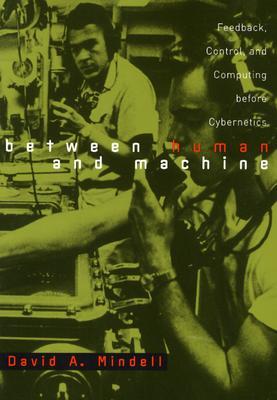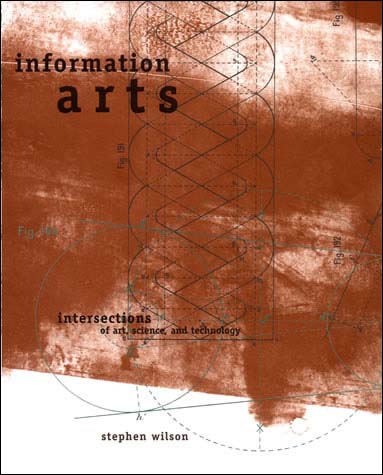The Myth of the Machine, 2 Vols: Technics and Human Development & The Pentagon of Power (1967/1970–) [DE, YU, RU, ES]
Filed under book | Tags: · art, critique of technology, history of science, history of technology, labour, language, machine, power, science, technology

Mumford explains the forces that have shaped technology since prehistoric times and shaped the modern world. He shows how tools developed because of significant parallel inventions in ritual, language, and social organization.
Publisher Harcourt, Brace & Jovanovich, 1967 and 1970
342 and 496 pages
Wikipedia (EN)
Mythos der Maschine. Kultur, Technik und Macht (German, trans. Liesl Nürenberger and Arpad Hälbig, both volumes, 1977, updated on 2014-3-19)
Pentagon moći: Mit o mašini 2 (Serbo-Croatian, trans. Nikica Petrak, 1986/2009, added on 2014-3-19)
Mif mashiny: tekhnika i razvitie chelovechestva (Russian, trans. T. Azarkovich and B. Skuratov, 2001, DJVU, added on 2014-3-19)
El mito de la máquina. Técnica y evolucion humana (Spanish, trans. Arcadio Rigodón, 2010, added on 2014-3-19)
El mito de la máquina. El pentágono del poder (Spanish, trans. Javier Rodríguez Hidalgo, 2011, added on 2014-3-19)
David A. Mindell: Between Human and Machine: Feedback, Control, and Computing before Cybernetics (2002)
Filed under book | Tags: · computing, cybernetics, engineering, history of computing, history of technology, industry, information theory, machine, military, networks, noise, science, technology, telephone

Today, we associate the relationship between feedback, control, and computing with Norbert Wiener’s 1948 formulation of cybernetics. But the theoretical and practical foundations for cybernetics, control engineering, and digital computing were laid earlier, between the two world wars. In Between Human and Machine: Feedback, Control, and Computing before Cybernetics, David A. Mindell shows how the modern sciences of systems emerged from disparate engineering cultures and their convergence during World War II.
Mindell examines four different arenas of control systems research in the United States between the world wars: naval fire control, the Sperry Gyroscope Company, the Bell Telephone Laboratories, and Vannevar Bush’s laboratory at MIT. Each of these institutional sites had unique technical problems, organizational imperatives, and working environments, and each fostered a distinct engineering culture. Each also developed technologies to represent the world in a machine.
At the beginning of World War II, President Roosevelt established the National Defense Research Committee, one division of which was devoted to control systems. Mindell shows how the NDRC brought together representatives from the four pre-war engineering cultures, and how its projects synthesized conceptions of control, communications, and computing. By the time Wiener articulated his vision, these ideas were already suffusing through engineering. They would profoundly influence the digital world.
As a new way to conceptualize the history of computing, this book will be of great interest to historians of science, technology, and culture, as well as computer scientists and theorists.
Publisher Johns Hopkins University Press, 2002
ISBN 0801868955, 9780801868955
439 pages
Mindell’s lecture about the book at MIT (video, 78 min, 2002)
Review (Larry Owens, History of Science and Technology)
Download (removed on 2014-9-18 upon request of the author)
Comment (1)Stephen Wilson: Information Arts: Intersections of Art, Science, and Technology (2002)
Filed under book | Tags: · art, art and science, artificial intelligence, artistic research, bio art, biology, ecology, electronic art, genetics, interactive media, media art, nanotechnology, new media, physics, robots, science, sound art, technology, telepresence, theory

“A new breed of contemporary artist engages science and technology—not just to adopt the vocabulary and gizmos, but to explore and comment on the content, agendas, and possibilities. Indeed, proposes Stephen Wilson, the role of the artist is not only to interpret and to spread scientific knowledge, but to be an active partner in determining the direction of research. Years ago, C. P. Snow wrote about the “two cultures” of science and the humanities; these developments may finally help to change the outlook of those who view science and technology as separate from the general culture.
In this rich compendium, Wilson offers the first comprehensive survey of international artists who incorporate concepts and research from mathematics, the physical sciences, biology, kinetics, telecommunications, and experimental digital systems such as artificial intelligence and ubiquitous computing. In addition to visual documentation and statements by the artists, Wilson examines relevant art-theoretical writings and explores emerging scientific and technological research likely to be culturally significant in the future. He also provides lists of resources including organizations, publications, conferences, museums, research centers, and Web sites.”
Published by MIT Press, 2002
ISBN 026223209X, 9780262232098
969 pages
PDF (updated on 2012-10-23)
Comment (0)
